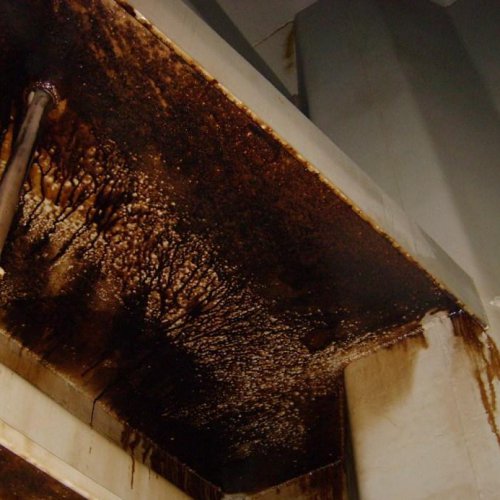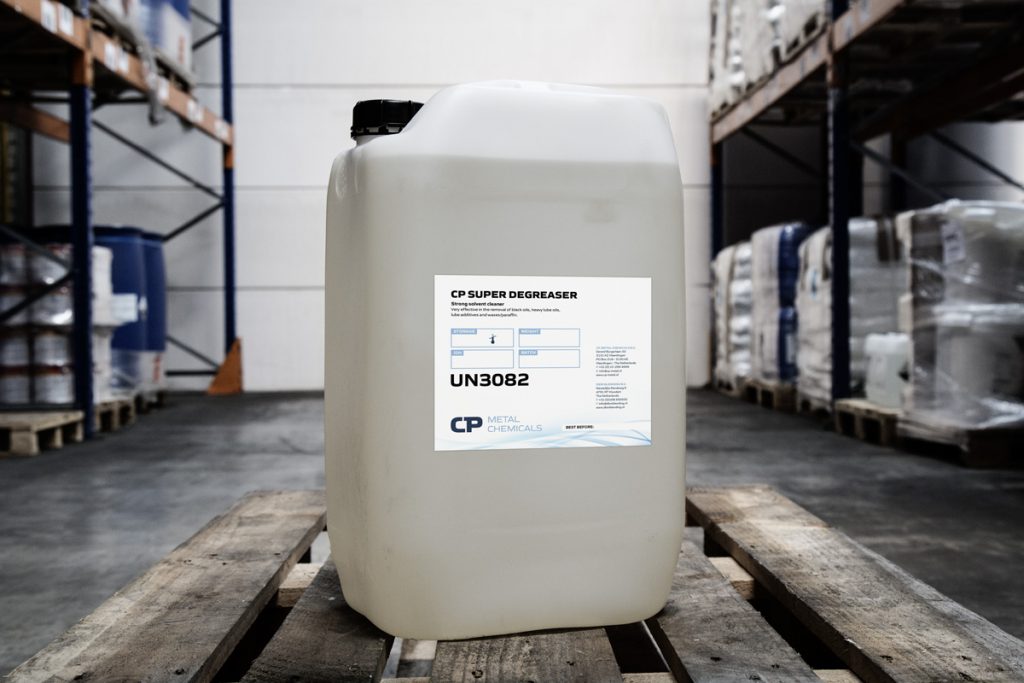Now the market is under pressure, many Annex 1 vessels that previously mainly sailed Dark Petroleum Products (DPP), increasingly switch to Clean Petroleum Products (CPP) or Palm oil.
To be able to load CPP, the tank must be cleaned according to the water white standard and the tank needs to be visual clean as well. Because crewmembers did not have to perform tank cleaning before, they have little or no experience.
In this blog we try to explain the basics of cleaning from DPP to CPP, however, we always recommend contacting our operations department or your super cargo for detailed cleaning advice.
Tank cleaning preparations
When cleaning from DPP to CPP, the washing water used for prewashing, must be discharged into the slob tank.
Washing to slobs is mandatory because the residues must be brought ashore.
The use of the right temperature and pressure are important factors when you want to perform your tank cleaning job
as good as possible. When talking about temperature, the temperature of the bulkheads, the ballast water and the
natural surroundings needs to be taken into consideration. When talking about pressure, 8 bar is considered minimum.
First, each tank needs to be prewashed at 60ºC for approximate 1-2 hours. Then the washing water is discharged into a slob tank. Another option is to fill the slob tank with enough seawater to perform recirculation (400 cbm) and use this as the first cleaning step. It often requires two batches to clean the bulk out. Thereafter, those slob tanks must be cleaned in which the cleaning solution is going to be prepared.


CP Super Degreaser
For this type of cleaning its best to use a degreaser. Because we can only speak for ourselves, we use the CP Super Degreaser as example to explain the tank cleaning basics. We recommend the CP Super Degreaser, because this a cleaner based on
Naphta. Naptha is a strong solvent.
Because of the high concentration, a small amount of product is in many cases sufficient.
Depending on the level of contamination, we mostly recommend a solution of 5 to 10%.
This solution must be recirculated through the butter wash heater and cleaning line back into the slob tank.
During the recirculation the temperature needs to be increased to 75-80ºC. It is customary to install extra portable
butter wash machines in the tank to be able to clean even the ‘shadow corners’ and other difficult-to-reach areas.
Depending on the volume, re circulation needs to take place approximate 3-4 hours for each tank.
Since the volumes which we are talking about in Petroleum Tanks are often huge, sea water is most likely to use during this
type of cleaning. CP Super Degreaser provides excellent results, even when used in sea water.
Post-treatment
When the recirculation procedure is finished, the tanks need to be rinsed with hot sea water and inspection needs to take place.
As final activity, you can vent, mop and dry the tanks.
Technical support
At CP Metal Chemicals nothing is more important than to satisfy our customers.
Servicing our relations at the highest level, is only possible when we fully understand their situation.
Would you like to receive more information about the basic principles of tank cleaning,
or would you like to discuss point of improvement in the cleaning process, we are more than happy to support!
You can contact us via below details:

